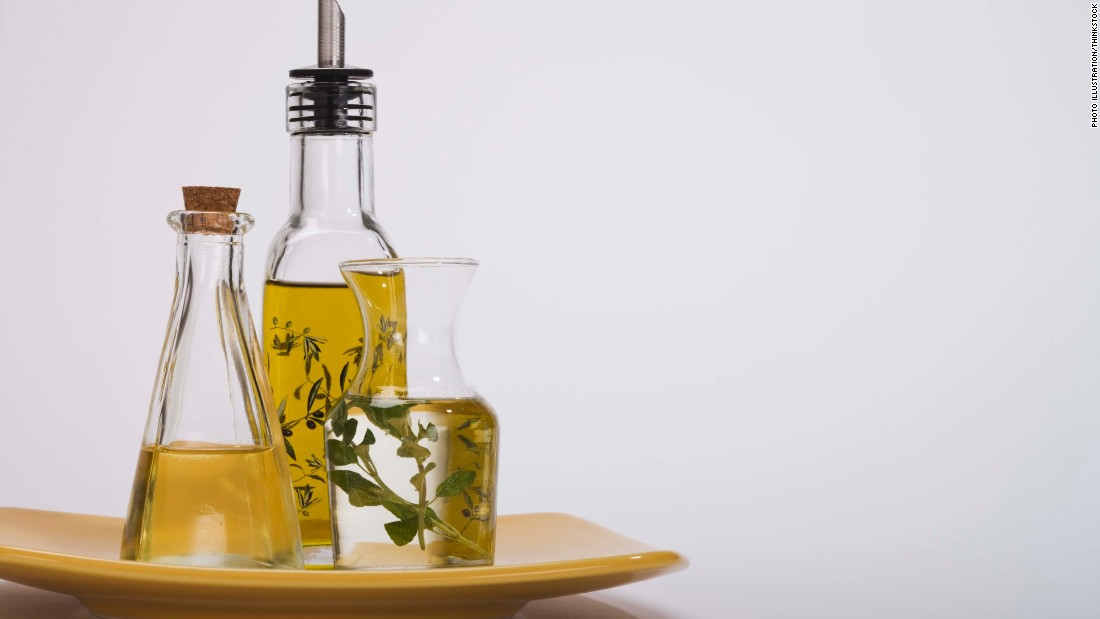5 Myths About Fat Addressed Here
The Fat Weight Loss Problem.
For many years growing up, we were conditioned to believe that fat was bad for us and advised to stay away from it as much as possible. Several foods such as egg yolks and butter were on the do not eat list, however now recent studies have proven that this is not the case.
There is now a difference between healthy fats and unhealthy fats and knowing the difference between them is key. People also have questions on what type of fatty foods they should it and how it would affect them physically.
That's why we called on Mark Hyman, MD, author of the “Eat Fat, Get Thin Cookbook,” to help us wipe clean the greasy mess of info and lay down the facts on fat.
5 Myths About Fat Addresses Here
Research supports this, showing that a low-fat diet could slow down metabolism. So now you have permission to enjoy a spoonful of nut butter with an apple before your next workout or a satiating piece of steak for dinner every once in a while.
What's worse than eating high-fat foods: replacing them with loads of sugar. Refined carbs can increase your chances of developing coronary heart disease and diabetes.
Reality: Eating different sources of fat can actually boost your health. Omega-3 fatty acids (those found in fish and some nuts and seeds) can help strengthen your heart and possibly your mental well-being, too. And the monounsaturated fats in olive oil (as well as nuts and avocados) can also cut your risk of heart disease.
Dr. Hyman has even seen some of his patients reverse type 2 diabetes by eating a high-fat diet.
One caveat: Trans fats and linoleic acid (found in vegetable oils) can harm your health. So steer clear of partially hydrogenated and hydrogenated oils, like canola, as well as packaged foods like cream-filled candies, frozen pizza and margarine. Sometimes, the nutrition label doesn't show trans fat, so look for hydrogenated oils on the ingredients list.
Reality: Some endurance athletes actually embrace what's known as the ketogenic diet. This plan involves getting about 70 to 75 percent of your daily calories from fat and just five to 10 percent from carbs. Though researchers are still looking into the proven (dis)advantages of the diet, it can help your body adjust to running off fat stores, rather than carbs, explains Pam Nisevich Bede, RD, dietitian with Abbott's EAS Sports Nutrition.
(The mechanisms for this work similarly to intermittent fasting: When you run out of glycogen for energy, your body turns to other sources, like fat.) “Since most of us exercise to burn off that internal fat storage, it can be a win-win,” Bede says.
The typical high-fat foods in a ketogenic diet aren't cheeseburgers and fries, though. It's more like avocados, fish, peanut butter, meat and eggs. Note that it also takes the body about three to five weeks to adapt to a low-carb, high-fat diet, especially if you regularly chow down on foods like pizza and pasta. And because your body digests fat more slowly than carbs (like bagels), it keeps you fuller for longer and provides a steadier source of energy levels to help you power through a long run or fitness class. If you do have a high-fat meal, wait about two hours before working out, Bede says.
I hope you have pickd up something new from this article so you can start eating the right foods from today.
Read more: http://www.cnn.com/2016/12/07/health/eat-more-fat-less-sugar/index.html


